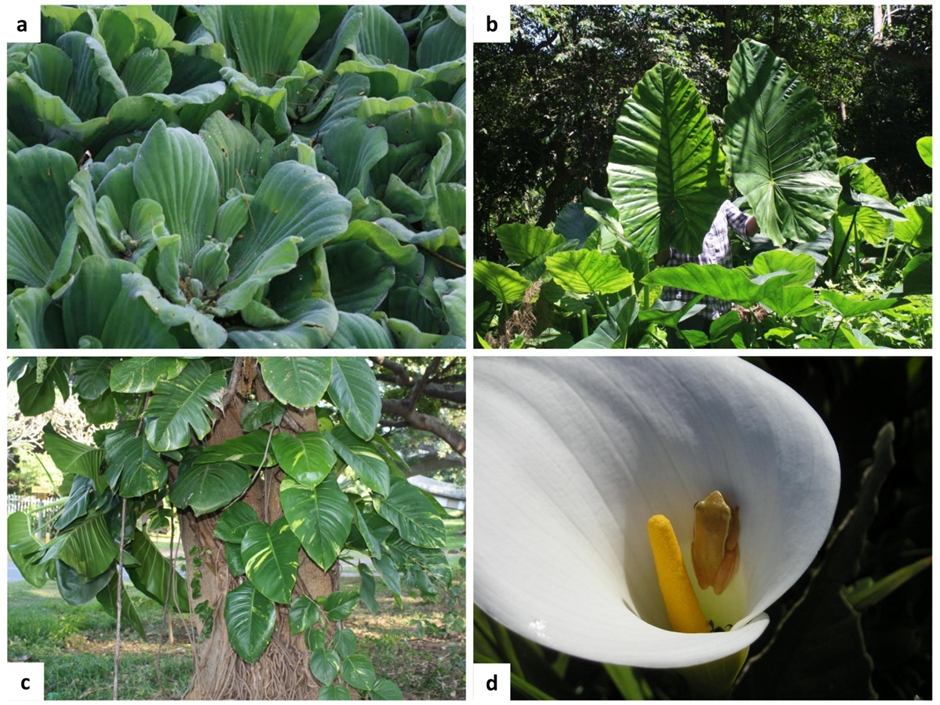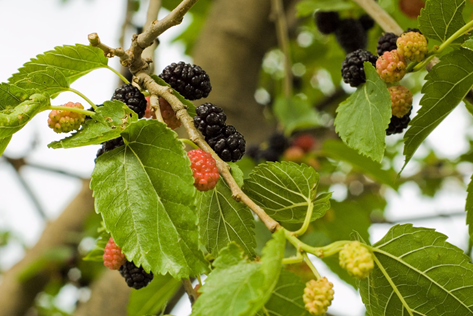C·I·B study highlights the need for group-specific analyses of invasiveness
A recent study recommends that invasion biologists should have a closer look at the traits of whole plant groups, when screening for invasive plants.

A recent study recommends that invasion biologists should have a closer look at the traits of whole plant groups, when screening for invasive plants.
A recent paper by a group of researchers, led by C·I·B core team member Prof Cang Hui, proposed a framework to help explain why some invasive alien species are so successful in invading the new areas, while it is not so easy for others.

The fruits of invasive alien plants are not only an attractive source of food for native birds, but also provide enough energy for their daily energy demands, according to a recent study by University of KwaZulu-Natal student, Vuyisile Thabethe.

Estuaries are among the most vulnerable of marine ecosystems and small, urban estuaries, in particular, are under pressure due to human activities.
Three C·I·B researchers, Mark Robertson, Cang Hui and Vernon Visser developed a new R package that can be used for assessing and improving the quality of datasets consisting of occurrence records.